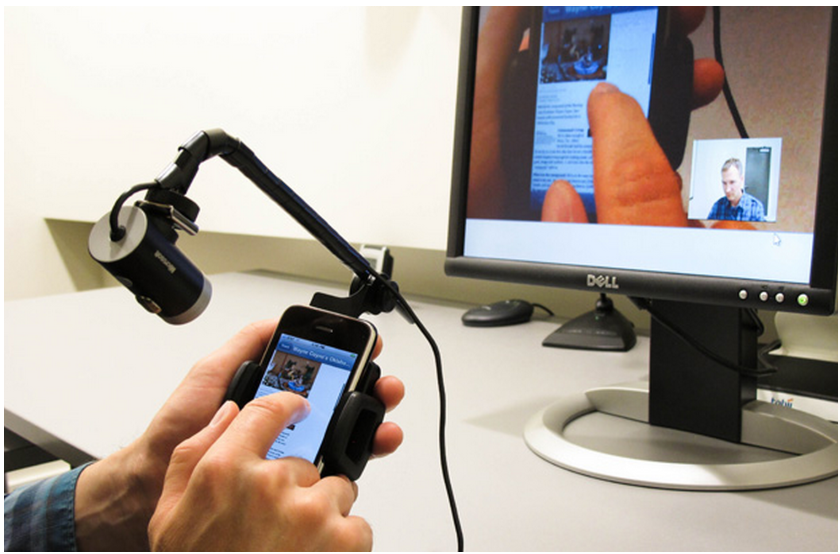The usability of a website or app is extremely important, especially now, when many first impressions of a company or product are made online. Everything is about the experience, and if a user has a subpar experience they’ll leave and quit using the product. Several techniques have arisen over the years on how to improve usability, with the most popular options being, usability testing and heuristic evaluations.
At first glance, you may be wondering: What’s the difference? Aren’t they basically the same thing? Well, there is actually a large distinction between the two. Each method has its own pros and cons when it comes to evaluating the prototype. At the root of each, there are two different techniques used for finding usability issues and serve as a basis for future improvement.

Let’s define the terms before we compare them.
According to Jakob Nielsen is his book, Usability Engineering, usability testing is defined as “a technique used in user-centered interaction design to evaluate a product by testing it on users. This can be seen as an irreplaceable usability practice since it gives direct input on how real users use the system.”
In the same book, Nielsen defines heuristic evaluation as “a usability inspection method for computer software that helps to identify usability problems in the user interface design. It specifically involves evaluators examining the interface and judging its compliance with recognized usability principles.”
Some of the main distinctions between the two include:
Usability testing
- Performed by non-professional users with limited experience
- Has specific tasks to perform
- Looks at the system screen-by-screen
- Finds real problems
Heuristic evaluation
- Performed by UX professionals with experience
- Has set list of what to look for
- Looks at the system holistically
- Finds potential problems
What do they have in common?
Both of these methods are helpful when searching for usability issues that could spring up in an interface and occur early in the process in the design phase. They allow you to catch mistakes and resolve problems early on. This, in turn, saves money as most issues will be resolved before the design moves on to development, rather than after hours and hours of time are put into coding.
In addition to improving the usability, both techniques can give you additional helpful insights about your prototype, informing about the architecture, content prioritization, and overall satisfaction of the user experience. Even the smallest detail can highly increase the usability of a product.
A Key Differentiator
One important thing to note is that heuristic evaluators are not the target user. A heuristic evaluator's results may not match up to the experiences of the actual users. They base their evaluations off a list of best practices governing usability. But on the flip side, heuristic evaluations carefully comb through the whole system and often pick up on things that typical users generally don’t notice, like font or color inconsistencies.

According to usability.gov, “It’s important to keep in mind that usability testing is not just a milestone to be checked off on the project schedule. The team should have a goal for why they are testing and then implement the results.”
Where can I learn more about this?
Some good resources about heuristics and testing can be found at the Nielsen Norman Group, usability.gov, and the Interaction Design Foundation.
The bottom line is: whichever method you have a preference for, it’s important to incorporate some type of testing system into your workflow to get real human feedback on your product – whether that be in the form of a user or a heuristic evaluator.
This feedback can then be taken into consideration - often saving time and money as well as improving the overall experience of the user. Both usability testing and heuristic evaluations have their distinctive merits and serve as techniques to improve the usability of your product - at their core, they help designers make decisions with empathy for the audience.
